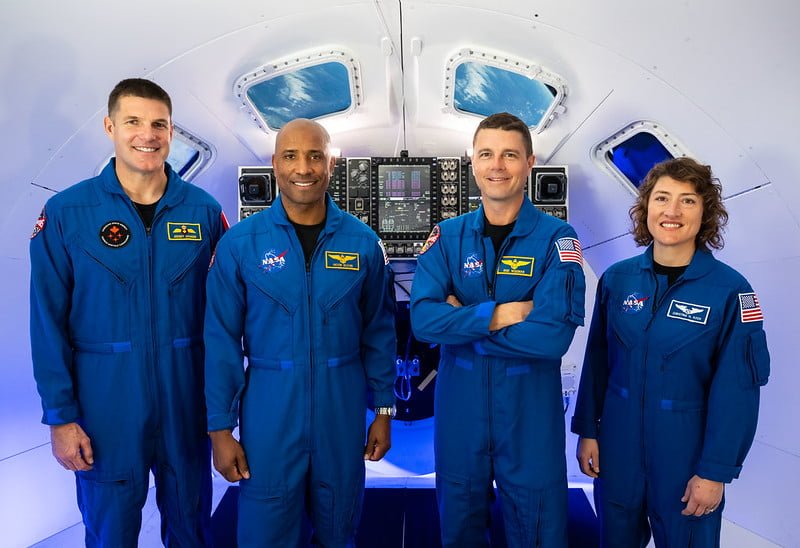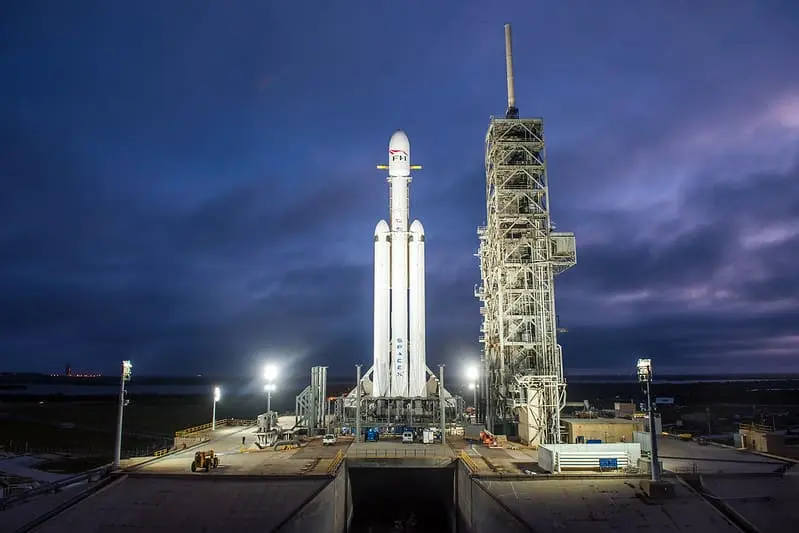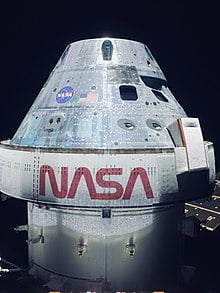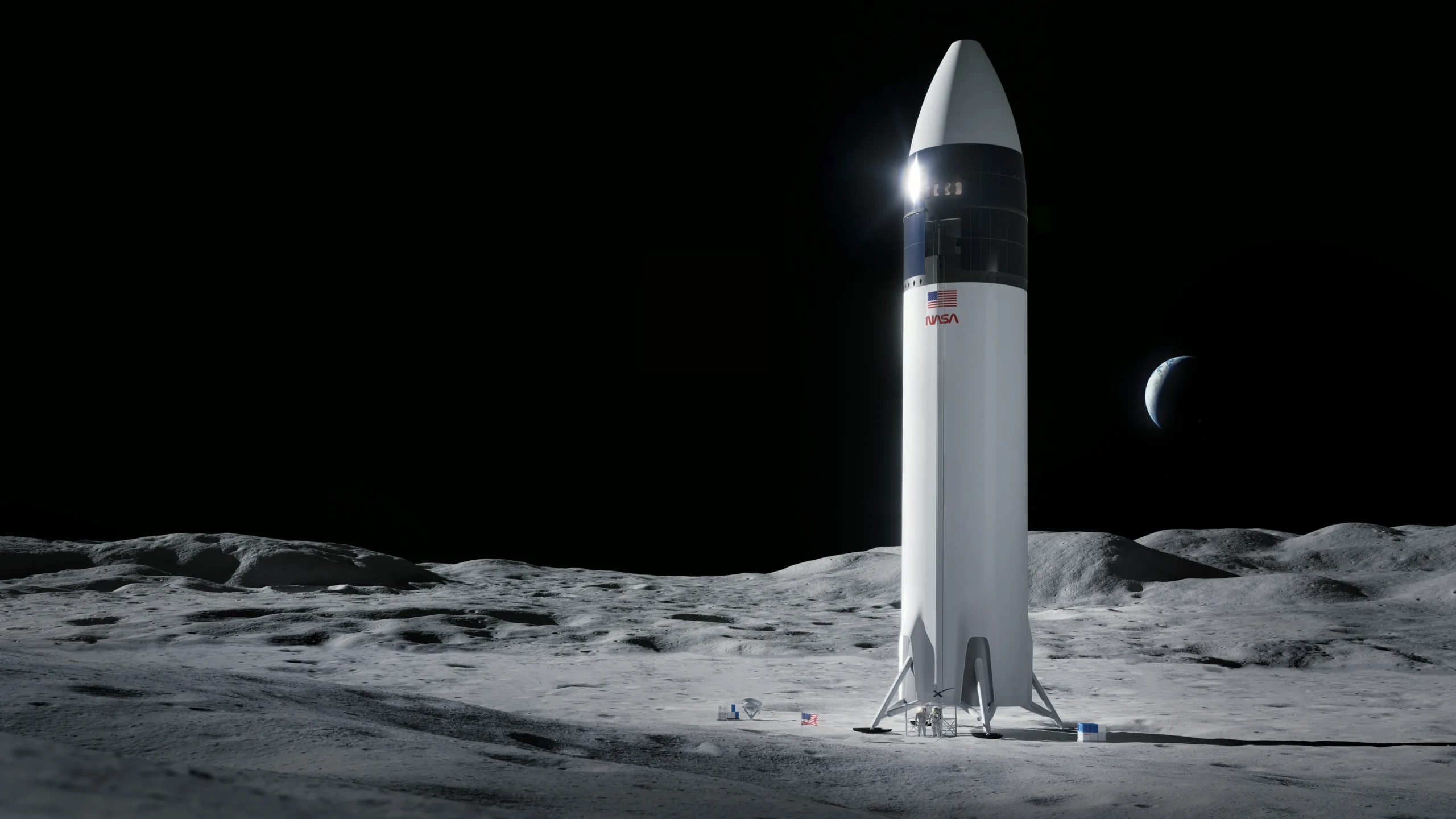NASA is moving closer to the launch of Artemis II, with several key milestones reached in recent days. On August 10, the Orion spacecraft was fueled and transferred to its next processing site at Kennedy Space Center.
The four-member crew has also begun training aboard Orion, marking a significant step toward their planned lunar flyby. At Marshall Space Flight Center, NASA showcased the final piece of flight hardware for the Artemis II Space Launch System (SLS) rocket before delivery.
Meanwhile, preparations extend beyond the rocket and spacecraft, with the program’s next-generation spacesuits now featuring Oakley-style gold-plated visor technology to reduce glare and protect astronauts from radiation during moonwalks.
International partners are also contributing to the mission. South Korea has sent a radiation-measuring CubeSat, named K-RadCube, to be flown on Artemis II as part of its scientific payload.
Looking further ahead, NASA is planning for long-term lunar infrastructure, including a nuclear reactor expected to be built on the Moon by 2030. This power source would ensure reliable energy for habitats, rovers, and experiments, particularly during the long lunar night or in permanently shadowed craters where solar power is not an option.
Everything about NASA’s Artemis Program
NASA’s Artemis program is a series of missions designed to return humans to the Moon for the first time since 1972. Conducted with international and commercial partners, the program will use advanced spacecraft, rockets, and a planned lunar space station to explore the Moon, test new technologies, and prepare for future missions to Mars.
Artemis I launched in 2022, Artemis II will carry a crew around the Moon in 2025, and Artemis III aims to land astronauts on the lunar surface, marking a major step toward long-term lunar exploration.

Artemis I
Launched on November 16, 2022, Artemis I was an uncrewed test of NASA’s Space Launch System (SLS) rocket and the Orion spacecraft. The mission sent Orion into lunar orbit and back to Earth, testing its systems over several weeks to ensure readiness for crewed flights. It confirmed the safety and performance of the hardware before moving to human missions.
Artemis II

Artemis II will be the first crewed flight of the SLS and Orion. Four astronauts will test systems in Earth orbit before Orion travels around the Moon on a free-return path to Earth. Originally set for late 2024, launch is now targeted for September 2025.
Artemis III
Planned for no earlier than April 2025, Artemis III will attempt the first crewed lunar landing of the program. The mission depends on a Starship Human Landing System (HLS) being placed in lunar orbit ahead of time. Once in orbit, Orion will dock with HLS, and two astronauts will land on the Moon for about 6.5 days, conducting surface activities before returning to Orion for the trip back to Earth.
Spacecraft, Rockets, and Landers
The Lunar Gateway
A major difference from Apollo is the Lunar Gateway, a small space station that will orbit the Moon. It will serve as a communications hub, science lab, and temporary living space for crews.
The Gateway is an international collaboration involving NASA, the European Space Agency (ESA), the Japan Aerospace Exploration Agency (JAXA), the Canadian Space Agency (CSA), and the Mohammed Bin Rashid Space Centre. It will be the first crewed outpost beyond Earth’s orbit and a model for future Mars-bound infrastructure.
Space Launch System (SLS)
The SLS is NASA’s most powerful rocket, designed to carry astronauts and cargo far beyond Earth. Standing 98 meters tall, it produces about 8.8 million pounds of thrust at liftoff—more than the Saturn V.
It uses four RS-25 engines (upgraded versions from the Space Shuttle) and two solid rocket boosters to send Orion on its way to the Moon. Future SLS upgrades will carry heavier payloads and support Mars missions.
Falcon Heavy

Built by SpaceX, Falcon Heavy is a partially reusable rocket capable of lifting heavy cargo to orbit and beyond. While it is not launching a crew for Artemis, it will deliver components of the Lunar Gateway and other hardware. Its three booster cores can generate over 5 million pounds of thrust, and two of them can land back on Earth for reuse
Orion Spacecraft

Orion is NASA’s crew spacecraft for Artemis missions, designed by Lockheed Martin with a European Service Module built by Airbus. It can carry four astronauts beyond low Earth orbit for up to 21 days undocked, or six months when docked.
Orion’s crew module provides 316 cubic feet of habitable space, roughly equivalent to a large walk-in closet. The spacecraft’s life support systems can recycle air and water, generate oxygen through electrolysis, and scrub carbon dioxide from the atmosphere. Backup systems provide redundancy for every critical function, ensuring crew survival even if primary systems fail.
Solar panels on the European Service Module generate up to 11.1 kilowatts of electrical power, enough to supply an average American home. The service module also provides propulsion, using 33 thrusters fueled by toxic but reliable hydrazine and nitrogen tetroxide.
Starship HLS

SpaceX’s Starship HLS will carry astronauts from lunar orbit to the surface and back. Unlike Orion, it will not return to Earth. Instead, it will remain in space for reuse on later missions.
The lander will feature spacious interiors, airlocks for lunar surface access, and storage for science equipment. It is being designed to operate in low-gravity environments and support extended surface stays.
International and Commercial Partners
Artemis is not just a NASA program; it’s a multinational partnership. ESA is building Gateway modules and the Orion service module. JAXA will provide habitation components and logistics. CSA will contribute a robotic arm for the Gateway. Private companies like SpaceX, Boeing, and Northrop Grumman are supplying rockets, spacecraft, and critical systems.

